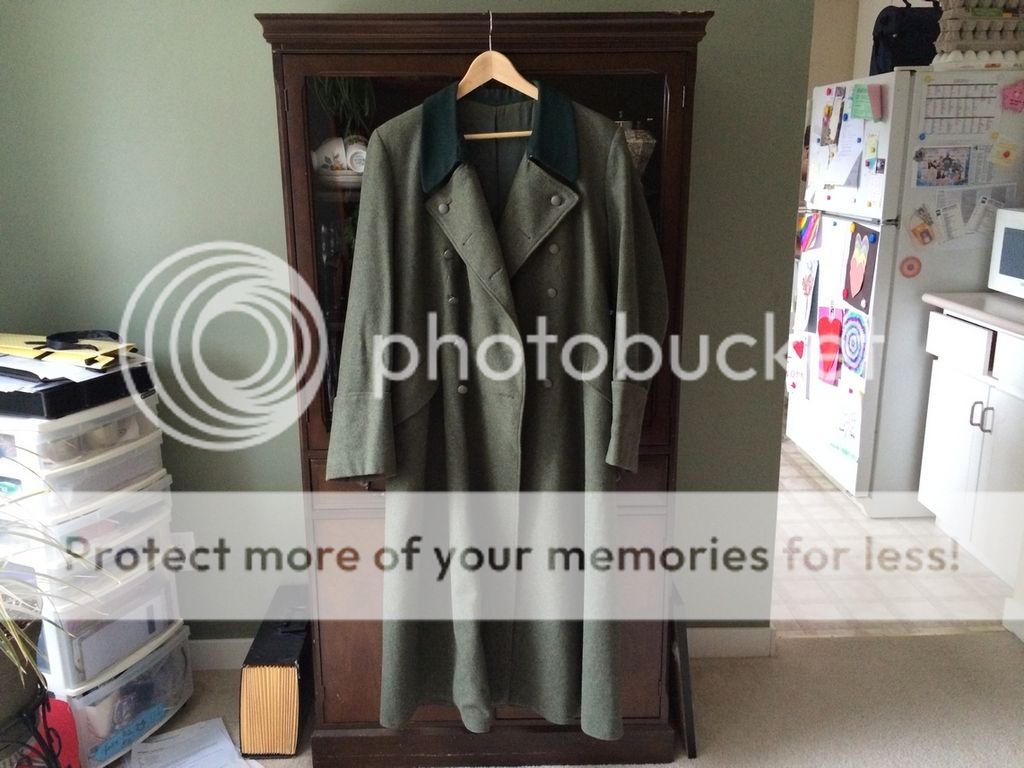Hi all, I have in my possession an authentic Wehrmacht winter overcoat, and I'd like to find out some useful information about it. There are no markings stamped inside the lining of the coat, unlike some that I have seen on the Internet. I'm wondering if they produced them long enough that there are some subtle differences that can help establish roughly when it was made (WWI or WWII). It came with grey shoulder-boards with the number "135" on them. I know a lot of information can be gleaned from shoulder boards, which is why they put them on in the first place. Maybe a Wehrmacht uniform guru would be kind enough to help me out...














































































